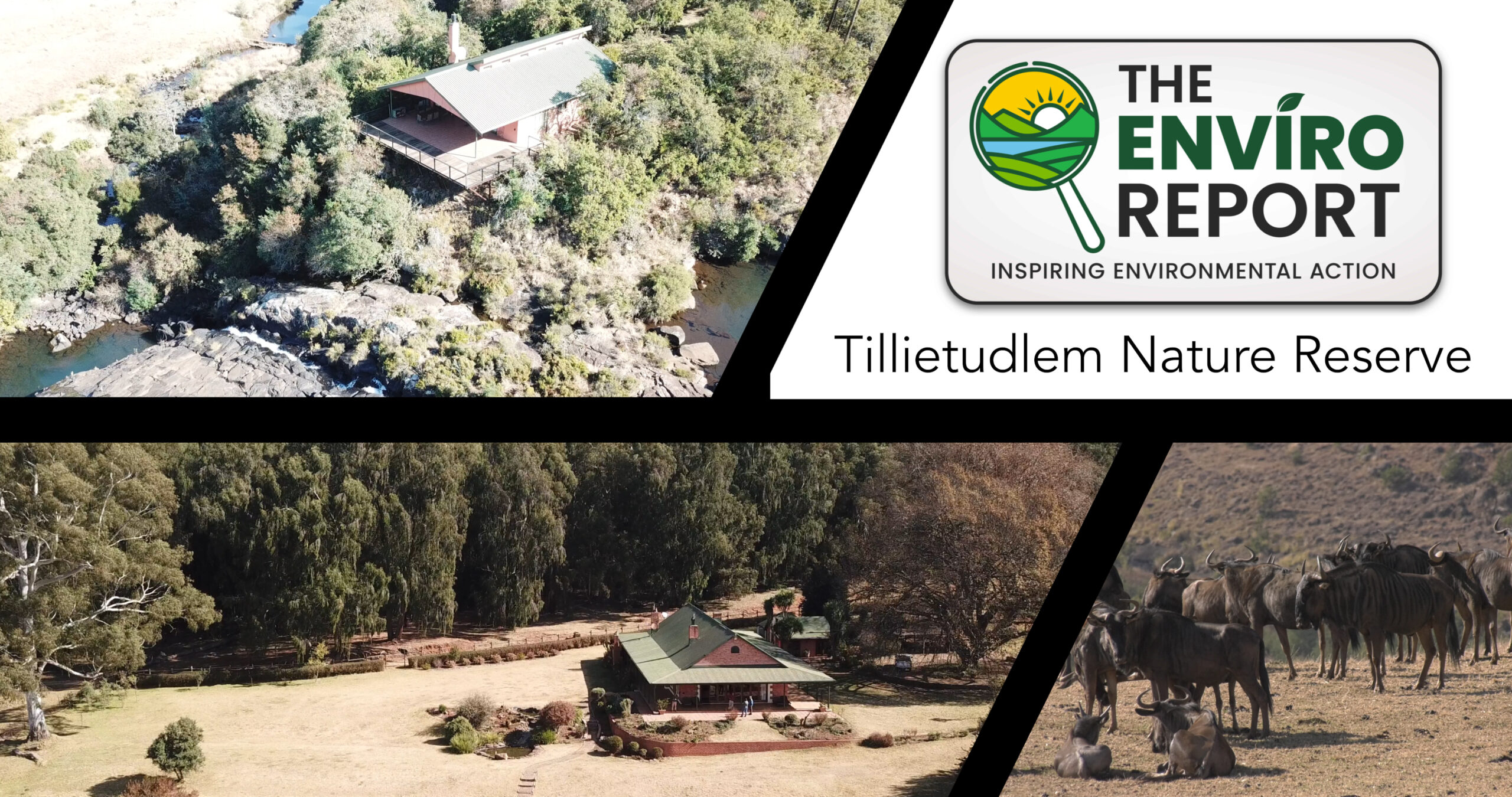Invasive plant species are collectively one of the most significant problems facing indigenous plant life globally. International teams are focusing on how best to handle the invasive pests with minimal cost and damage to the ecosystems they have invaded. A useful tactic used by numerous countries involves using the invasive plant’s “natural” enemies to keep its growth at bay or stop it completely. This tactic is termed Weed Biological Control (WBC), and it has been implemented successfully since 1902 for numerous different invasive species.
Here in South Africa, WBC has been used since the early 1910s. It began with attempts to deter the spread of drooping prickly pear (“Opuntia monacantha”), which was highly invasive across the coast from Western Cape to Durban. India had shown that an insect (“Dactylopius coccus”) was effective at controlling the drooping prickly pear plants spread between 1796 and 1809. South African then imported the insect species in 1913 to manage the invasive species here, and it was highly efficient at controlling the plant and has been so ever since.
This is an excellent example of how well WBC can work to curb invasive species populations. However, this was not the only invasive problem that South Africa has. Several thousand alien species were introduced into South Africa over hundreds of years, peaking in the 1800s. Of these, many species have naturalized, and others have a long “lag” phase that can last years and lead to a sudden increase in number and become invasive weeds. Currently, there are over 200 species that are listed as damaging to agriculture and natural ecosystems. The damage also includes a substantial decrease in water run-off and groundwater reserves. This is especially a problem in water-scarce areas. Of these 200 alien species, there are 93 species of invasive trees. South Africa has several times more alien species of tree/km2 than any other country.
This wide range of alien species results in multiple habitats being severely impacted. These habitats include open bodies of water, riparian habitats, terrestrial ecosystems, and alluvial plains. Each of these habitats faces their own unique struggles with alien plants and additional stressors, such as human use and destruction. These factors pose further issues for researchers investigating possible WBC, which already faces numerous logistical, biological, and administrative hurdles. Due to these challenges, it takes an average of four years of testing per possible WBC agent. This stringent and thorough testing process has thus far ensured 100 years of deployed WBC agents having no negative unintentional or damaging consequences on native plants and ecosystems.
Of the weed species that have a deployed WBC, 23% are completely controlled, and 38% are under substantial biological control. This means that they may still need additional control measures. This excellent success rate is a testament to how well WBC can be used if managed and researched correctly. This is also encouraging, and the Department of Environmental Affairs has fed over R3 billion into mechanical and chemical control operations for invasive species between 1995 and 2013. However, there is a shift towards more research into WBC as solutions regarding other major invasive plant species. Hopefully, new suitable WBC will be released to curb the pesky alien plants invading the country.
Moran VC, Hoffmann JH, Zimmermann HG. 100 years of biological control of invasive alien plants in South Africa: History, practice and achievements. S Afr J Sci. 2013;109(9/10), Art. #a0022, 6 pages. http://dx.doi. org/10.1590/sajs.2013/a0022

